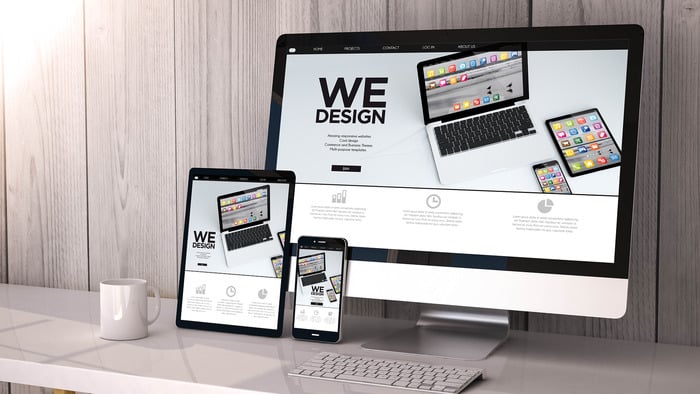As more and more people access the Internet from their smart devices, you will definitely benefit from developing a website with a responsive design. Responsive web design refers to your site’s performance and appearance on any screen, no matter whether it is a desktop or a smart device.
From boosting your SEO ranking to improving the user experience, web design helps you keep up with the ever-changing digital age. So, keep reading this article to find out more about its benefits!
Better SEO Ranking
The main goal of your website is to attract as many customers as possible. Therefore, it is crucial to have a good SEO ranking, which is one of the most effective strategies for increasing your page traffic.
Google now prioritizes sites that are mobile-optimized as it has moved towards a mobile-first approach. This means that your website must have a mobile responsive design. It will make it easily accessible to users from anywhere and anytime while at the same time maintaining the appearance of your page on smaller screens.
For example, you can use WordPress hosting as a solution for achieving responsive web design, as it comes with many benefits that you can find at the following link.
Lower Bounce Rates
Bounce rate is a measure of how quickly your users visited your website and left it without engaging further. While content is an important factor, it is not the only one that contributes to high bounce rates. For example, having a slow and difficult-to-use website also leads to increased bounce rates, as your customers will lose patience and go to your competitors.
Therefore, it’s essential for you to create a page with a responsive web design to avoid this scenario. Besides helping your website be mobile-friendly, the responsive web design provides faster loading times by optimizing images and employing lazy loading. Also, it plays a significant role in user-friendly navigation and employs clear call-to-action buttons that make it easy for customers to find what they are looking for.
Consistency in Design
Developing a separate mobile and desktop version of your website is possible. Still, it’s not recommendable as there are some limitations. For example, you might have difficulties with achieving consistency. Additionally, updating the content on both sites takes more time and money.
With responsive web design, you will be able to adapt your page to any device and achieve a consistent look. You will be able to have the same elements and features on all devices, which will improve the overall user experience and decrease the risk of confusion.
Easier Analytics Reporting
Understanding where your traffic comes from and how users interact with your website is essential for making informed decisions for further improving your website. But having separate website versions complicates things as monitoring goes through different funnels and conversion paths. This is where responsive web designs steps in!
By having a responsive website, you or your developers could track and analyze user behavior with a single report that will show your most frequent audience and its desires. As a result, you will be able to make reliable data-driven decisions that will improve the user experience and help you increase your page traffic.
For example, Google Analytics is one of the tools that can significantly help you in this process, as it is optimized for responsive websites.
Conclusion
Responsive web design is a powerful tool for small and large businesses. It provides various benefits, such as better user experience, more page traffic, easier management, better SEO ranking, and design consistency.
By utilizing a responsive design approach, you will simplify the whole website development process and stay ahead of the curve. So, if you still haven’t implemented this approach, consider doing it as soon as possible!

